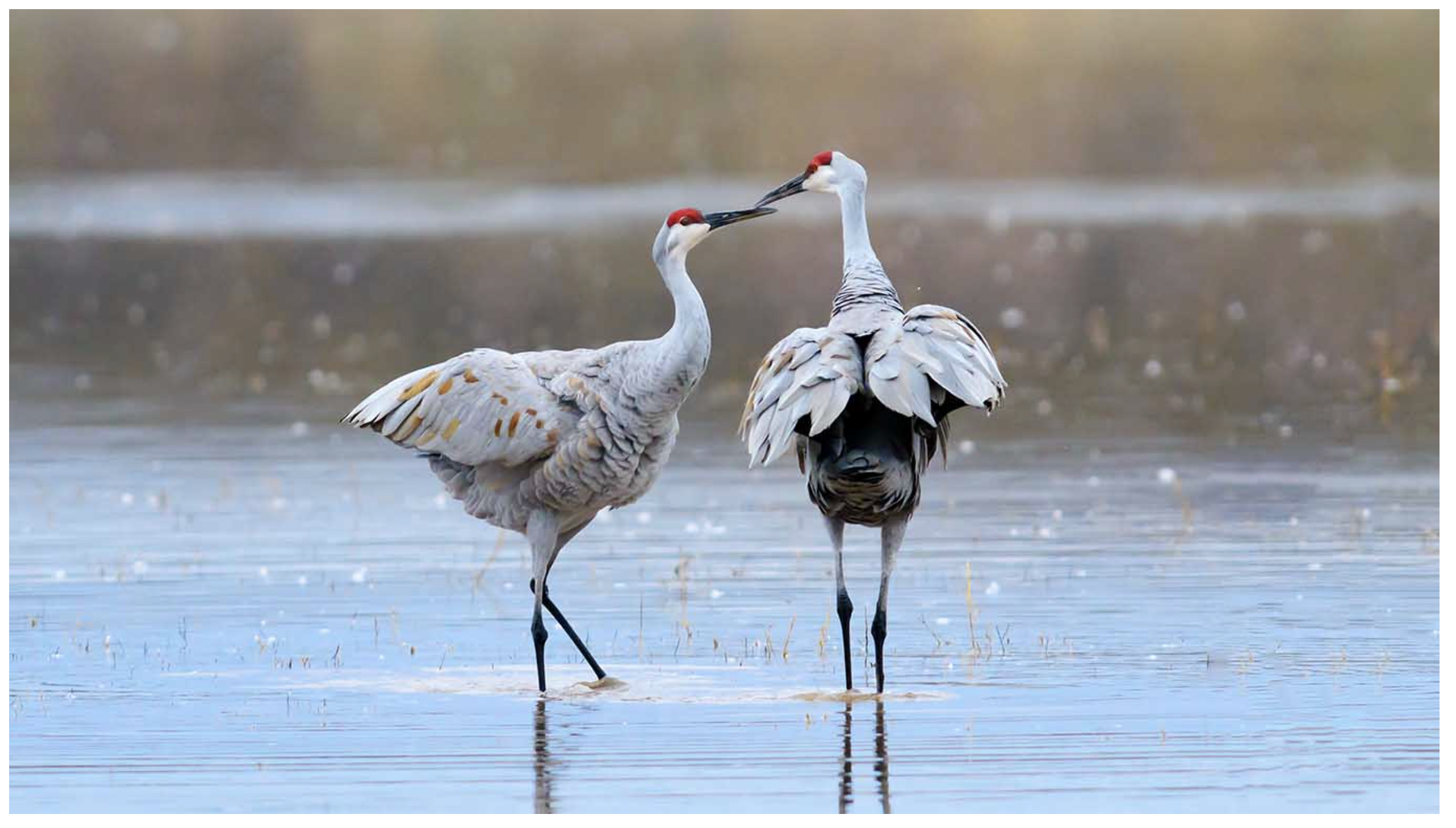Bird conservation is at the heart of the National Wildlife Refuge System.
America’s first Refuge, Pelican Island was established to help imperiled seabirds recover. Many of the Refuges in the Southeast, Midwest, and Southwest provide important habitat and stopovers for waterfowl. 50 million people visit Refuges every year for hiking, birding, hunting and fishing, camping, and reconnecting with nature.
And yet, many National Wildlife Refuges use unnecessarily toxic practices for growing crops on their lands.
The hundreds of thousands of birds and other species that live on Refuges sometimes need a bit of a food boost to get through migrations and winters. To help with this, many Refuges grow crops like wheat, corn, and soy to help meet the needs of visiting and resident wildlife.
Unfortunately, many of these crops are grown with conventional synthetic pesticides.
National Wildlife Refuges are vital conservation areas. The need to supplement some wildlife with additional food is scientifically sound, but birds visiting these Refuges for safety should not be exposed to unnecessary pesticides used for growing crops.
Please take action now! Tell Secretary of the Interior Deb Haaland to direct the US Fish and Wildlife Service to phase-out conventional pesticides from crop production on Refuges. https://abcbirds.org/program/pesticides/

Whooping Cranes #27-14, #1-11 and #14-15 with Sandhills at Wheeler National Wildlife Refuge, Decatur Alabama. January 10, 2016. Photo by Mary Yandell







